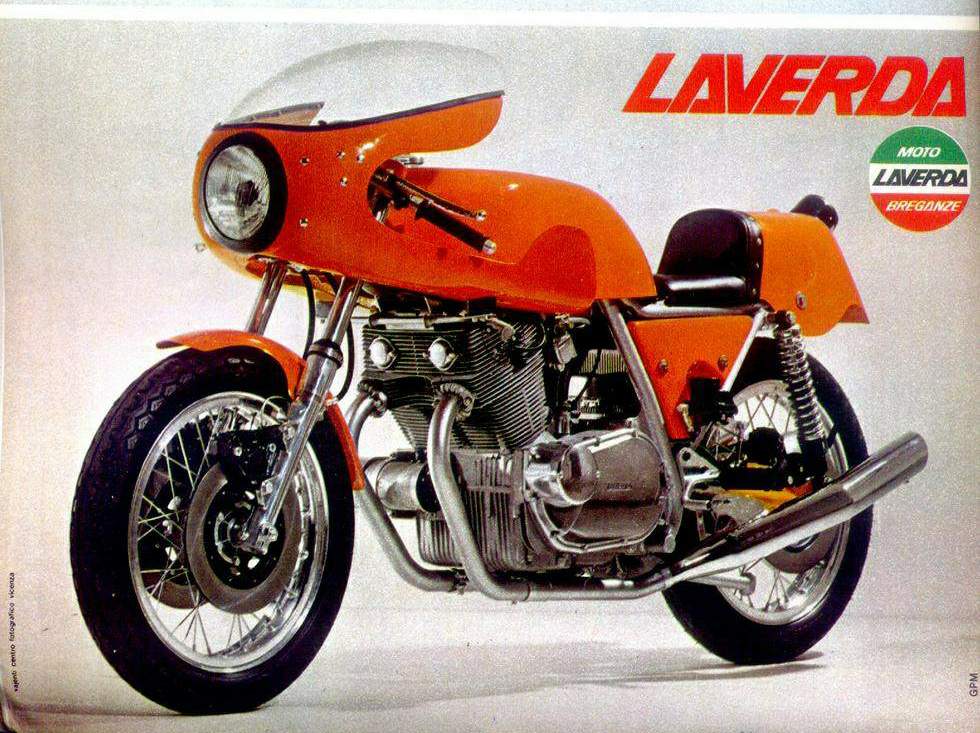
|
|
|
|
|
|
Classic Bikes
Custom Bikes
Individual
Racing Bikes AJP
AJS
Aprilia
Ariel
Avinton / Wakan
Bajaj
Benelli
Beta
Bimota
BMW
Brough Superior
BRP Cam-Am
BSA
Buell / EBR
Bultaco
Cagiva
Campagna
CCM
CF Moto
Combat Motors
Derbi
Deus
Ducati
Excelsior
GASGAS
Ghezzi Brian
Gilera
GIMA
Harley Davidson
Hero
Highland
Honda
Horex
Husaberg
Husqvarna
Hyosung
Indian
Jawa
Kawasaki
KTM
KYMCO
Laverda
Lazareth
Magni
Maico
Mash
Matchless
Mondial
Moto Guzzi
Moto Morini
MV Agusta
MZ / MuZ
NCR
Norton
NSU
Paton
Peugeot
Piaggio
Revival Cycles
Roland Sands
Royal Enfield
Sachs
Sherco
Sunbeam
Suzuki
SWM
SYM
Triumph
TVS
Ural
Velocette
Vespa
Victory
Vincent
VOR
Voxan
Vyrus
Walt Siegl
Walz
Wrenchmonkees
Wunderlich
XTR / Radical
Yamaha
Zero
Video
Technical
Complete Manufacturer List
|
Laverda 750SFC
Talk big Italian bikes and people
think V-twins. Ian Fallon shows us something different - a big parallel-twin.
Just about every component was produced specifically for the 750SFC. While the
zinc-plated open cradle frame was similar in design to the 750SF, it was quite
different, particularly for the 1974 and 1975 versions. These examples also
included a larger diameter (38mm) Ceriani front fork, and triple Brembo disc
brakes. Although it weighed a considerable 230kg, the wheelbase was a moderate
1,460mm and the tall SFC was a competent handler. Everything about it screamed
racing, particularly with the optional two-into-one megaphone exhaust. There
were no turn indicators, and the only instrumentation was a single Smiths
tachometer mounted on a crude bracket in the fairing. The rider stretched out
over the long 25-litre fibreglass fuel tank to crouch under the lowest fairing
screen of any production motorcycle. Although one concession was made to
civility, an electric start, the 750SFC was not designed for tooling around
town.
Five magnificent things you didn't know about the Laverda 750SFC Source BikePoint 
|
|
|
Any corrections or more information on these motorcycles will be kindly appreciated. |